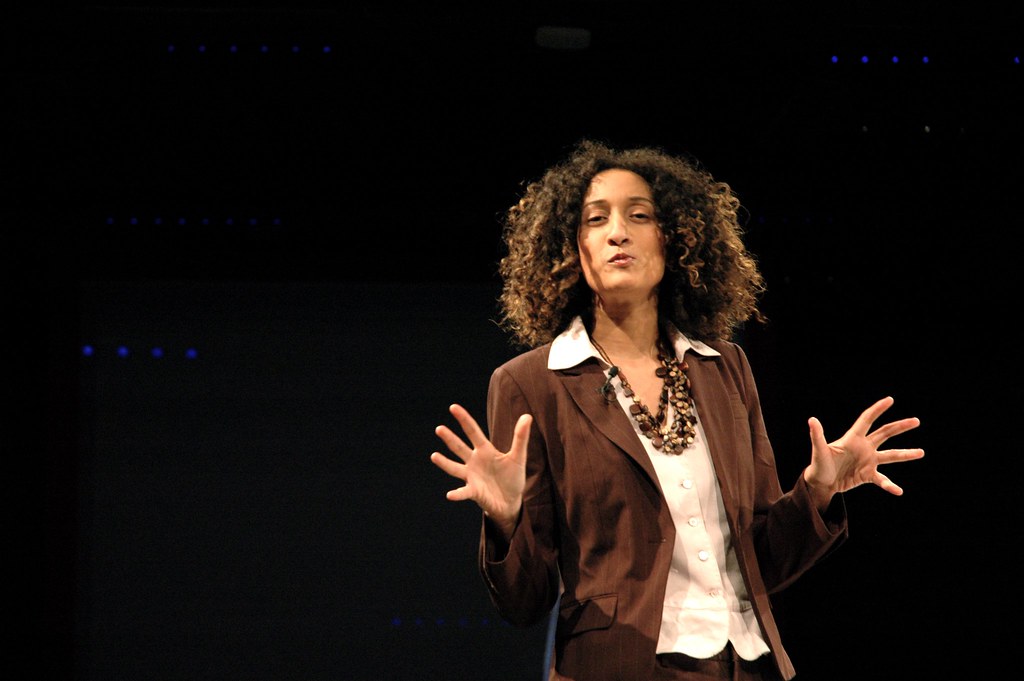
To my surprise, I find myself agreeing with Katharine Birbalsingh, who tweets under the slightly eccentric name of “Miss Snuffy”. Birbalsingh is regularly referred to in the less serious type of newspaper as “Britain’s strictest headmistress” and her views go down well with the Conservative rank and file. I suspect that it is her strong emphasis on firm discipline which appeals to a certain sort of older man…but that’s another story.
Her skills in self-publicity, and her popularity with the Conservative party faithful, have led her to be appointed as the government’s “Social Mobility Tsar” or Chair of the Social Mobility Commission – a job for which she is not especially well qualified. It’s not unusual these days for public appointments to prioritise political leanings over practical experience, and to be fair, Birbalsingh is far from being the most egregious example: think of the recent appointments to the Office for Students or Test and Trace. She is, however, quite happy to voice controversial opinions that lack any obvious empirical grounding. According to her, for example, the under-representation of girls studying A level physics is because “There’s a lot of hard maths in there that I think they would rather not do”.
The role of chair of the Social Mobility Commission is little more than a dignified soapbox, which suits Birbalsingh’s style. Her first speech in the role, provocatively entitled “Bucking the trend: a new approach to Social Mobility” predictably generated a backlash, primarily from those with progressive views on education, which was probably what was intended. The charge, however, that she was saying that “Working class people should lower their ambitions”, misses the point.
In the section of the speech which has generated most controversy, she refers to the “Dick Whittington model”.
“In this model, the focus is on “big leap” upward mobility, from bottom to top in one generation – breaking from the circumstances you are born into to achieve (in various combinations) fame, fortune and occupational status.”
Birbalsingh essentially argues that to focus too hard on this model distracts from a range of other interventions that could promote less spectacular, but equally valuable, changes to individual life chances. Nowhere does she say that if you are poor, you should not aim for Oxbridge. Simply, that access to elite institutions should not be the sole objective of policy.
The speech as a whole is not as radical as either its critics or its supporters would maintain. Much of it is not at all controversial. She says, for example, “we should not treat “the disadvantaged” as all being the same”. She points out, as though it is a radical insight, that “inequality and social mobility are not the same thing”. Nevertheless, rejection of the ‘Dick Whittington’ model offers the beginning of a serious critique of many aspects of government policy.
For a start, it calls into question the ludicrous plan for ‘levelling up’ the north of England by opening new elite sixth forms with the help of Eton College. What are they for, other than propelling a chosen few into Oxbridge?
More generally, it undermines the obsession with selection that disfigures much of the English education system. A highly selective system is important if the overriding objective is only to ensure the ‘best’ students get to the ‘best’ universities. It is less salient if the aim of education is to help all students to achieve their potential.
It challenges the idea that the reform most needed in the further education sector is to develop a new cadre of elite technical institutions, when what is needed is investment to repair a decade’s worth of damage to our struggling further education colleges. On 9 June 2022 Birbalsingh wrote:
“What can we do for those young people and adults who have not followed the higher education pathway, but still need a route to high skills and good occupational opportunities?”
Well, we could start by reversing the cuts outlined in detail by the Institute for Fiscal Studies only four days later:
“There have been large falls in the numbers of adult learners and spending on adult education over the last decade. Total spending on adult education and apprenticeships fell by 38 per cent between 2010–11 and 2020–21, with a 50 per cent fall in spending on classroom-based adult education.”
Finally, and as Birbalsingh herself recognises, we should change the metrics used to measure success in respect of social mobility. Writing in the journal FE Week, she notes “most of what the learners [in FE Colleges] achieve – do not show up in the measurements. Their progress only gets counted as social mobility if they are among the exceptional few, who leap from the bottom to the top – usually through extremely high academic achievement.” It must be right to recognise, and celebrate, different types of success.
It may be that, like so many announcements from the current government, the pronouncements from the new ‘Tsar’ are all soundbite and no substance. It may be that, after stirring up a bit of controversy, the Social Mobility Commission has negligible impact on policy. It is just possible, however, that ‘Miss Snuffy’ is enough of a maverick seriously to try to “buck the trend”, and in doing that, she should have our full support.





